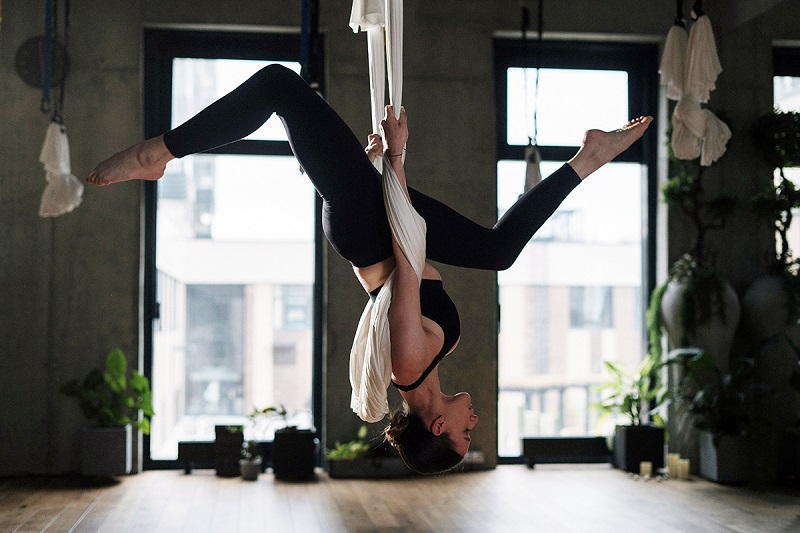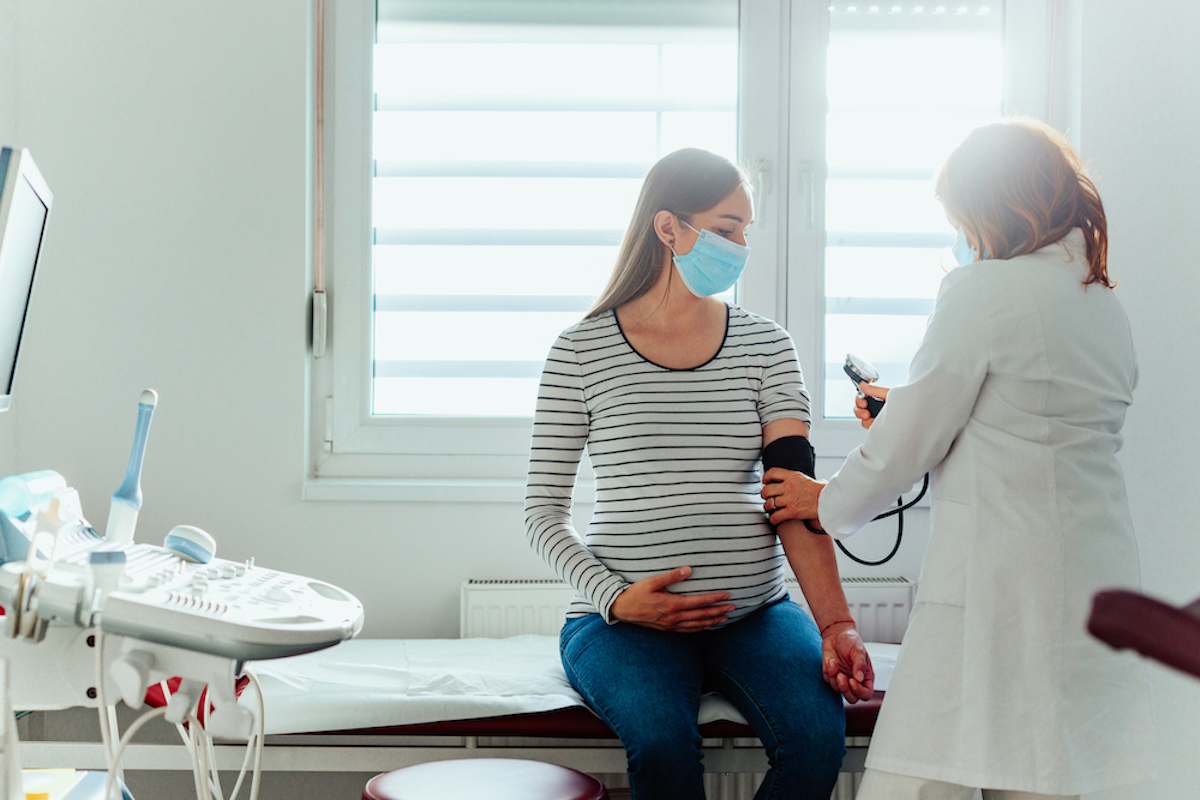I’m a PhD statistician in public health research and a hobbyist circus artist. My partner and I are planning to try for our first child soon. My circus hobby keeps me sane; it also keeps me upside down a lot in poses such as handstands, headstands, and aerial silk holds. I plan to work with my doctor and coaches to modify my training if I end up getting pregnant, but since so many circus-related movements require being upside down, I decided to look into the real risks of “inverting” (defined here as being upside down: handstands, yoga poses, pole or aerial dance invert, etc.) during pregnancy. Aside from the (obvious) risk of falling — which doesn’t worry me, because I plan to use common sense there — basic internet searches reveal some scary stuff: many (typically yoga) blogs warn pregnant parents away from inverting, citing increased risk of miscarriage, breech births, and injury to the pregnant parent. However, when I conducted my own literature search I couldn’t find any actual sources for these claims. Before I start going upside down with a passenger in tow, I wanted to ask you: Is there any research to support any dangers of inverting beyond the risk of falling to the pregnant parent or unborn baby?
—Upside Down Doctor
First, you are cool! A note of appreciation for the wide variety of amazing hobbies that my readers have. You should go hang out with the person who wrote in a few months ago to ask about whether it was okay to swim in a freezing cold pond while pregnant. Exercise-induced mental health comes in a variety of forms.
To your question (and here I will shout out Dr. Nathan Fox, MFM, for reviewing this question with me).

There is no reason you cannot be upside down during pregnancy. For some people, these positions will leave them dizzy, in which case you should stop. And with any exercise, you want to remember that ligaments loosen up when you’re pregnant, so it’s important to be listening to your body.
The primary concern, both with yoga inversions and with what you describe, is the risk of falling. Dr. Fox says, “I tell my yogis to do inversions only if they have a spotter.” There are various risks to serious falls during pregnancy, both for you and the baby.
In your circus activity, I would think this risk of falling was perhaps even more of a consideration, so it’s certainly worth talking carefully with your doctor about what kind of activities make sense to continue. You shouldn’t fall even into a net, so I’m afraid this may curtail quite a bit. But a stationary upside-down hang with no falling risk: Yes.
Good luck!
Community Guidelines
















Log in
Could you add any detail about falling into a net? Current trapeze enthusiast—i initially thought flying trapeze would be ok to continue in early pregnancy for a month or two, but the more I research, the more it makes me nervous. I feel very safe while flying on trapeze with a net and a harness, though!